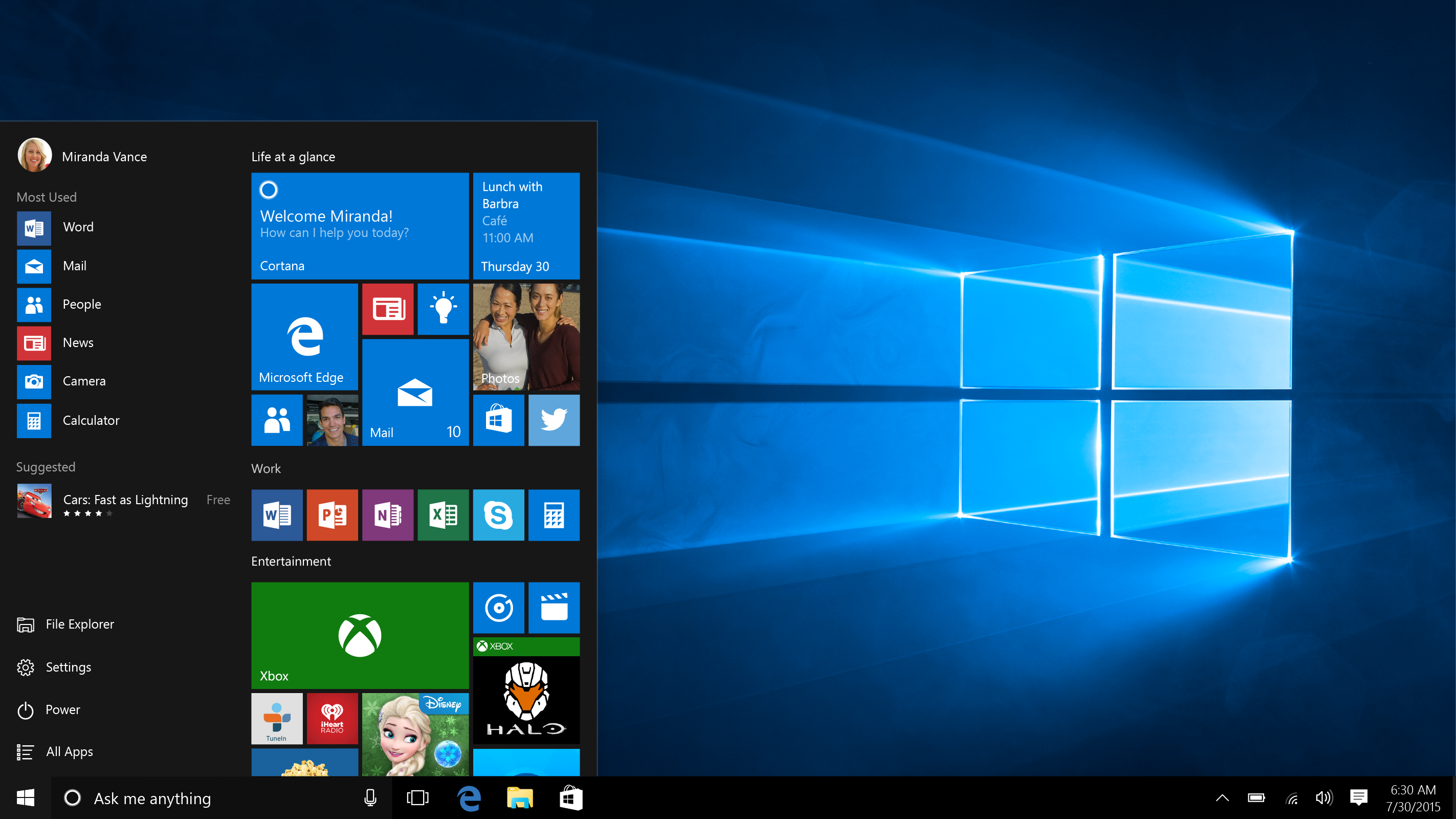
"Windows 10 is not for all of us, but for each of us," that was how Microsoft labelled its latest OS when it was released in July 2015.
Almost a year after of free upgrades, the OS accounts now more than 27% of total Windows traffic, according to GoSquared.
CBR lists five benefits that come with Windows 10.
Action Centre
Windows 10 has really brought together the whole user digital ecosystem. Microsoft introduced an optimised Action Centre that not only lets you get and see notifications, but also quickly manage your PC settings, from WiFi connectivity to screen brightness.
The Action Centre is based on the Windows Phone 8.1 OS. Its major usage is indeed the ability to get notifications not only from apps running on the computer, but also apps on mobile devices.
This means users can be notified of a new Twitter follower on their computer straight away, as well as on their phone and/or tablet. Over on the settings menu at the bottom of the Action Centre, you can control how your notifications work.
Apps
The rise of mobile has created an ‘app culture’ amongst users, and building on Windows 8, Microsoft has taken full advantage of this ever-growing market.
Windows 10 is built on the pretext of ‘universal apps’, meaning that famous applications like Office are now able to run across all users’ devices.
An app store with thousands of apps has been set up, and over in the Windows menu users can quickly find the latest news (from news apps), find their games apps, and so on.
Cortana
Just like every other OS provider, Microsoft has invested in a new AI personal assistant (PA), named Cortana. Cortana knows about the user as the OS is connected to his/her email account, that way it can call the user by his/her name making the experience more personal.
The AI PA is located next to the Windows menu button in the bottom left corner of the screen. You can type in a question to the search box or you can use voice research by asking Cortana a question.
Some of the functions Cortana can carry out include answering questions about the weather and pretty much everything else (if not, the system will link to your favourite web browser and look for an answer), setting calendar reminders and tell jokes.
Multitasking
In a world where users are more digital savvy and machines are more powerful, multitasking is now a common practice, and Microsoft has understood this.
Just like on Mac computers, users can now create several desktops and full-screen programs. To see an overview of all the tasks open, you can simply press Windows, Ctrl and then the left and right keys to navigate the pages.
The company has also included in the OS other multitasking tools to make the user experience easier including for example a Snapping tool. The software is also built with several key shortcuts and users can use different touchpad gestures to navigate the system.
Security
Windows 10 has been dubbed as the most secure Windows OS ever. At the core of Microsoft’s security architecture is Credential Guard, which uses virtualisation-based security (VBS) to isolate secrets so that only privileged system software can access them.
In addition to VBS, the system protects the hardware by increasing the security of derived domain credentials by taking advantage of platform security features including Secure Boot and virtualisation.
Credential Guard was introduced in Windows 10 Enterprise, but it is also applied to Windows 10 and Windows 10 Server 2016 Technical Preview.






